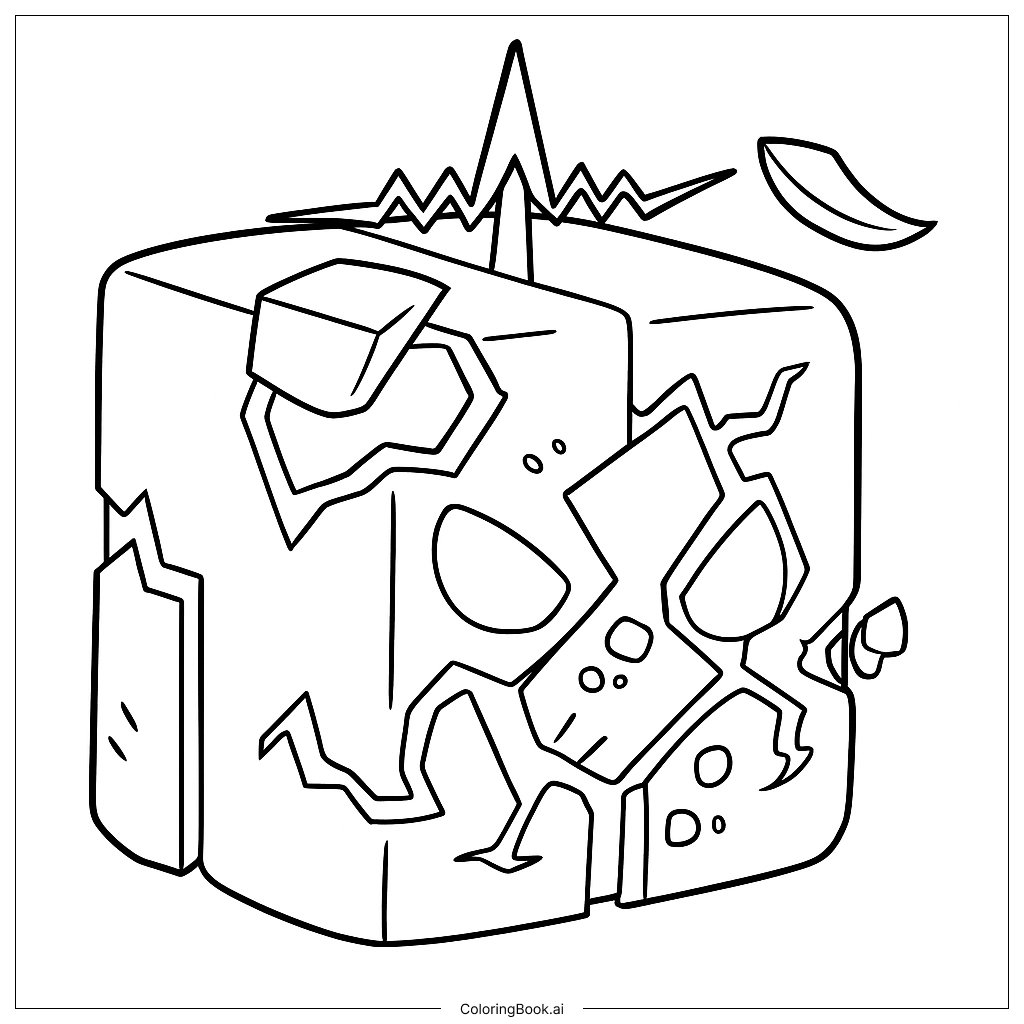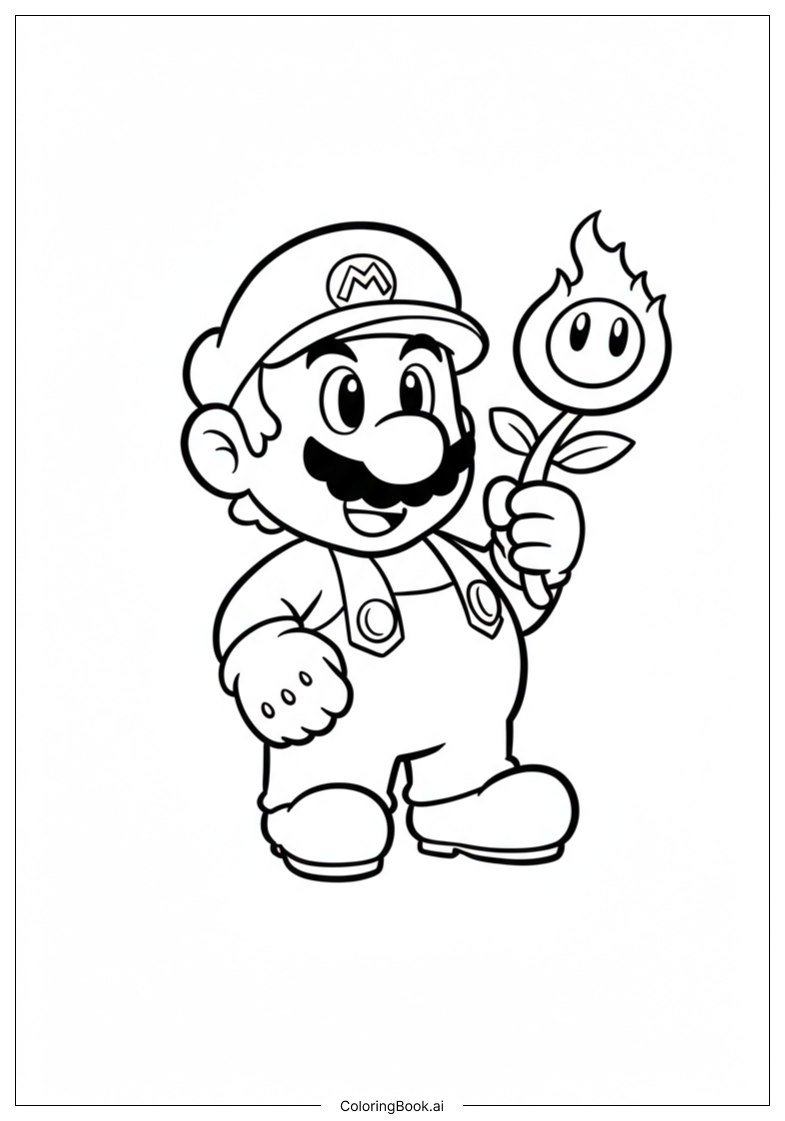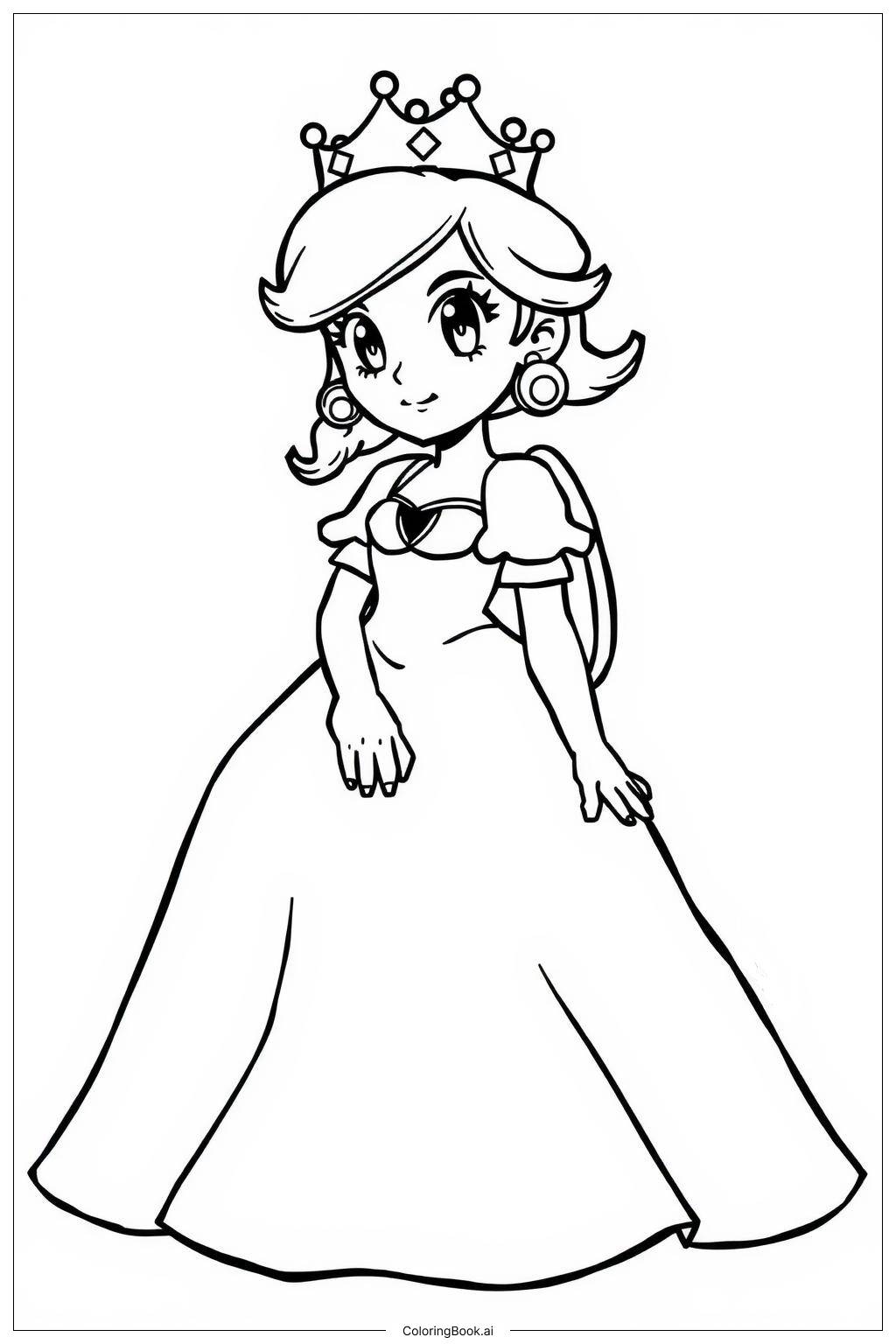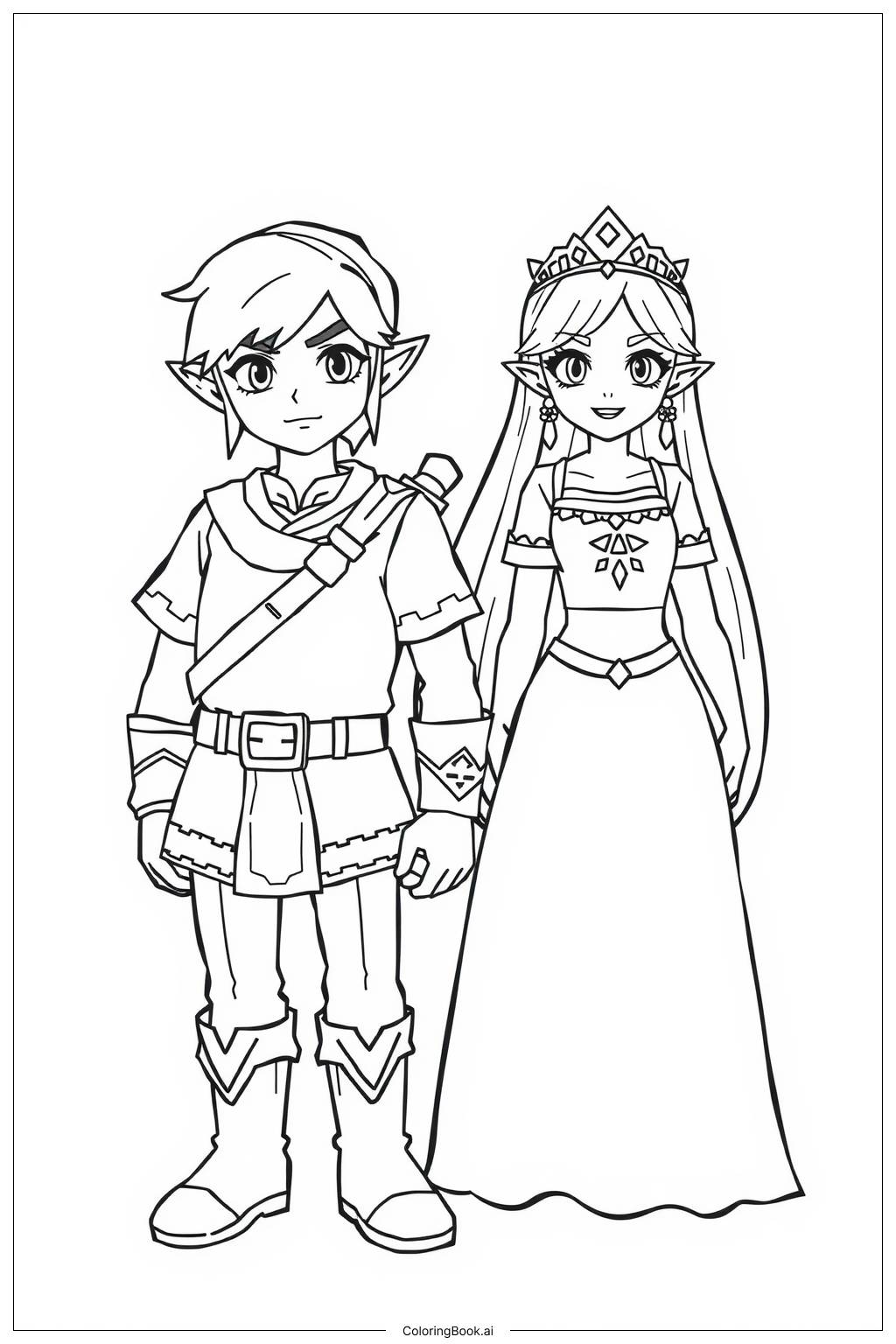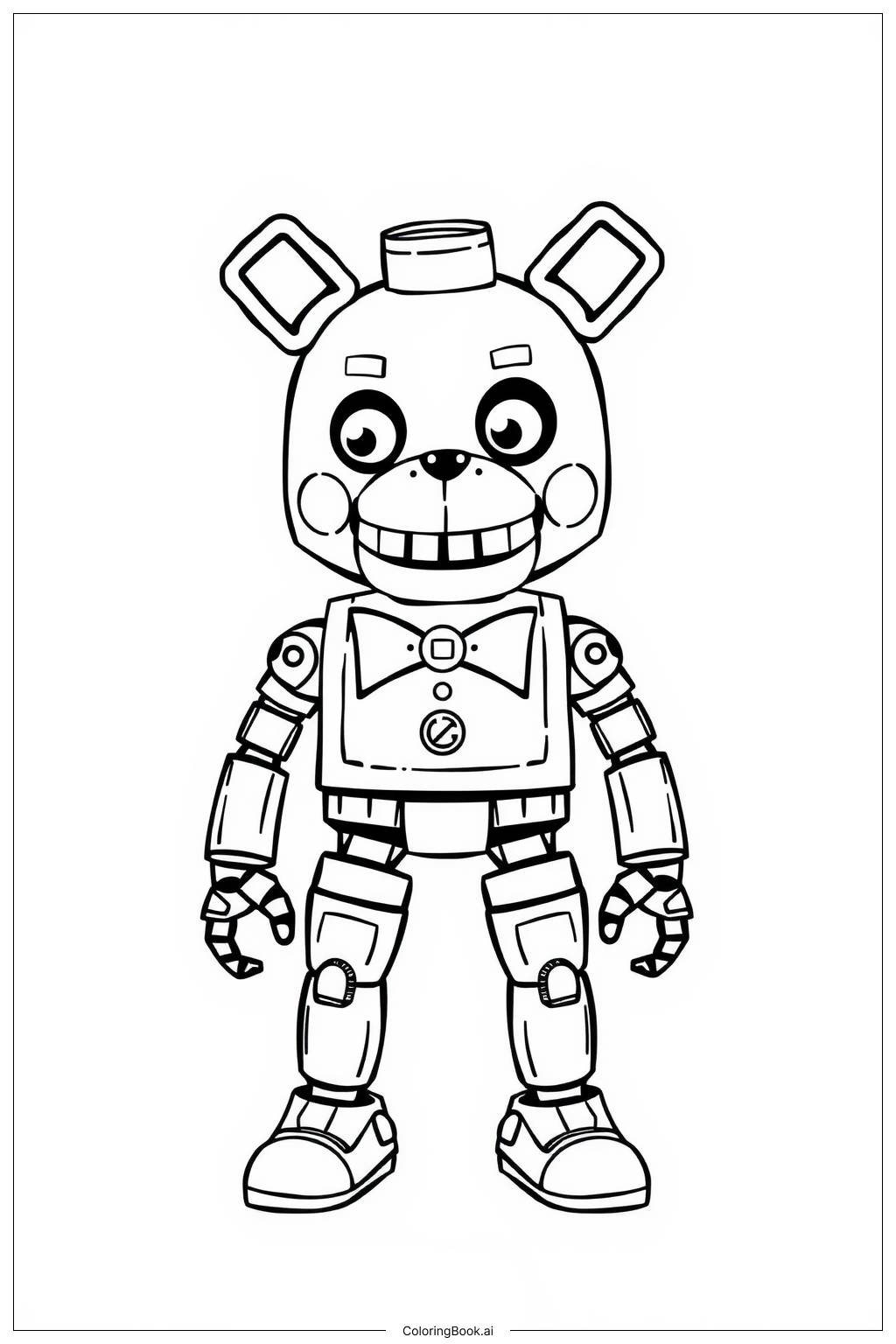Coloring tips: How to color Quake coloring page well?
Try using earthy colors like browns, grays, and dark greens for the cube to show it as a rocky piece of earth. Use lighter shades or yellows to color the cracks to make them stand out. For the spike on top, bright colors like red or orange can show it is active or power-filled. The floating crescent can be colored with light blue or white to give a contrast. Use shading to give the cube a 3D look by making one side darker than others. This will make your picture more lively and interesting.
Coloring challenges: Which parts are difficult to color and need attention for Quake coloring page?
1. The many sharp, zigzag cracks need careful coloring to stay inside the lines and keep the design clear and neat.
2. Coloring the cube with a 3D effect requires shading skills to show light and dark areas correctly.
3. Balancing earthy tones with bright colors on the spike and cracks can be hard to make them look natural yet eye-catching.
4. The floating crescent has a small and curved shape, which may be tricky to fill without coloring outside the lines.
5. Keeping the shapes distinct while coloring the geometric patterns on the face may be challenging due to overlapping lines and details.
Benefits of coloring books: Advantages of drawing Quake coloring page
Coloring this image helps improve focus and hand control as the cracks and shapes require careful attention. Using different colors and shading techniques encourages creativity and understanding of light and shadow. It also teaches patience because of the detailed parts that need to be colored carefully. Finally, coloring the cube and its parts can be a fun way to learn about natural elements like rocks and earth movements in a playful way.
